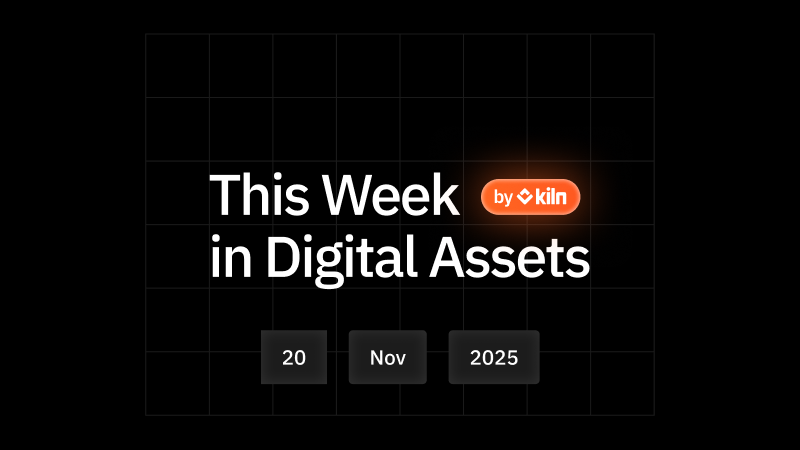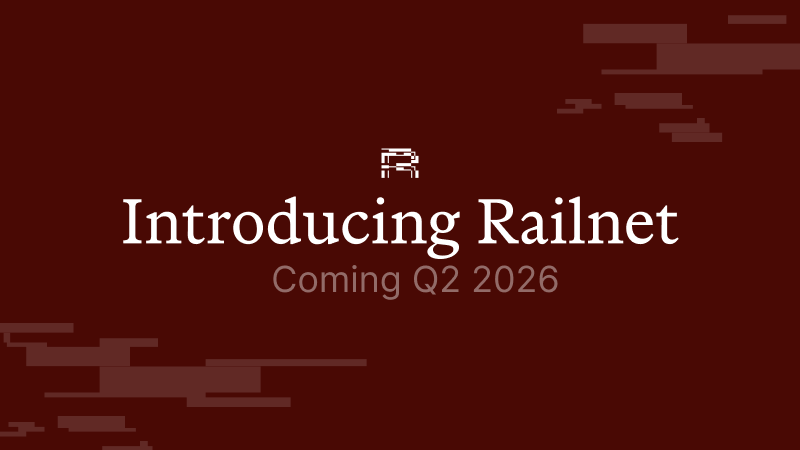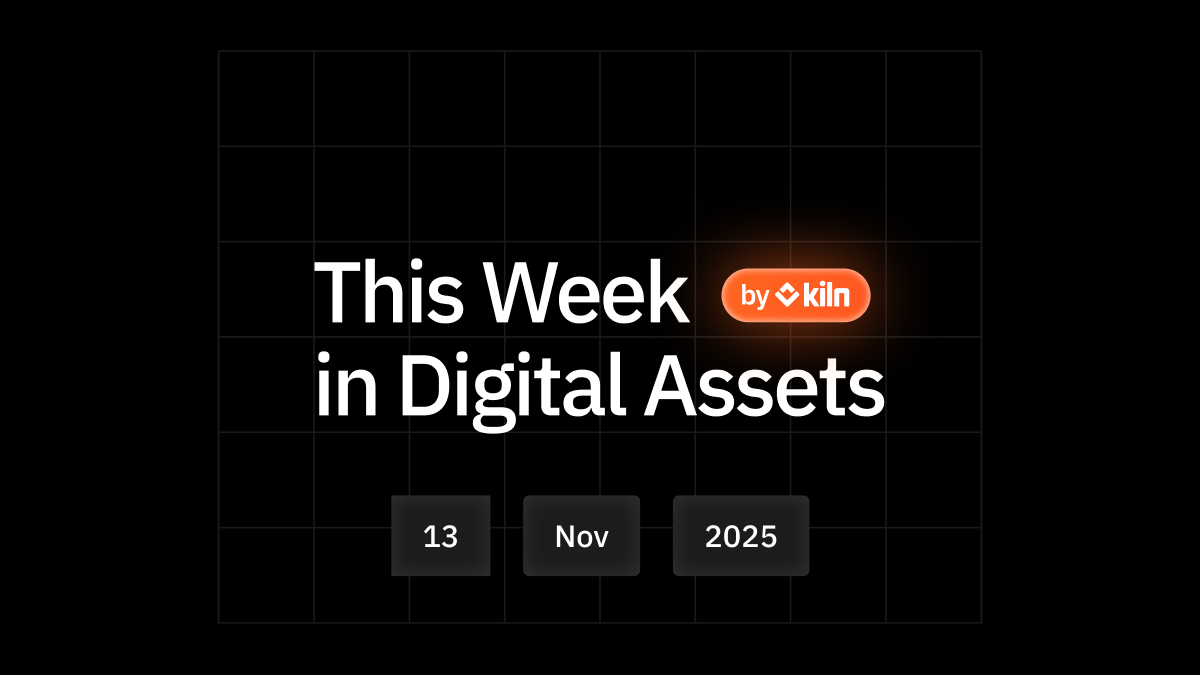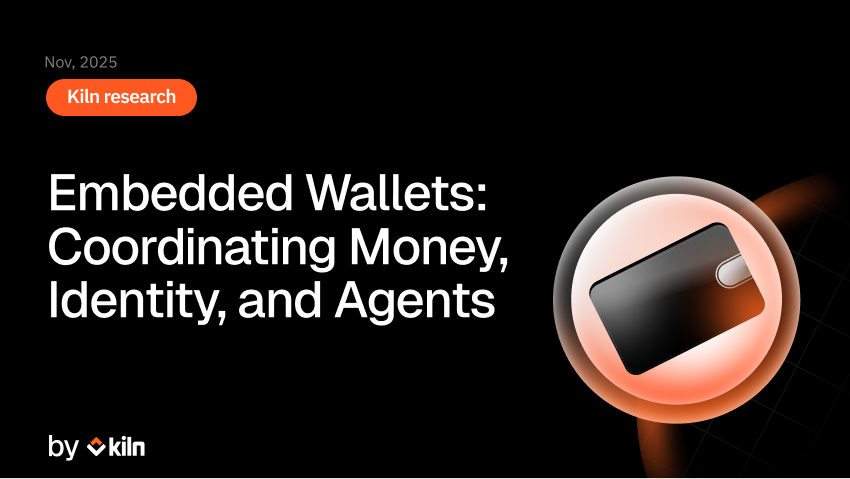Since the Merge in September 2022, Ethereum has been running on Proof-of-Stake consensus, involving deep changes in the staking rewards structure and revenues.
Let’s dive into Ethereum staking rewards and answer questions like:
- Why does the GRR* fluctuate?
- Why is my validator earning more / less than the rest of the network?
Rewards composition
Consensus Layer
The Merge upgrade established the Beacon Chain as a new consensus layer for Ethereum to seal block validity and transaction finality.
Every 12 seconds, a random validator is asked to propose a new block, and the rest of the network needs to attest to its block validity. If the validator proposes a block following the consensus rules in a timely fashion, it will earn a block proposer reward. The rest of the network will also earn attestation rewards, which are the most common types of reward on Ethereum.
Validators do not propose blocks very often, they mostly attest to other validator’s blocks. On average, a validator has a 35% chance of proposing at least one block every month**, this is based on the current total number of active validators.
Every 256 epochs (~27h), a batch of 512 random validators are selected to participate in a sync committee, helping Ethereum light clients to update with the chain. These 512 validators earn sync committee rewards for their work.
Consensus layer rewards do not depend on network activity, they ensure consensus sustainability by rewarding good players and punishing (slashing) those acting against the consensus’ rules.
Execution Layer
The execution layer is where transactions are bundled and executed through the Ethereum Virtual Machine (EVM). Their states are then managed through validators.
Ethereum users can incentivize a validator to process transactions faster by paying an extra priority tip. To earn the tip, a validator must make sure to add those specific transaction(s) to the block they propose.
Validators can also use external block builders and MEV to maximize staking rewards. For instance, Kiln uses the MEV-Boost from Flashbots to order and bundle transactions in a way that maximizes value from transactions. Learn more about MEV.
Execution layer rewards fluctuate according to Ethereum traffic.

Why does the ETH staking Gross Rewards Rate (GRR) go up and down?
As we’ve seen on the execution side, network traffic is responsible for variations in Ethereum’s staking interest rate. During high activity peaks, users are far more likely to pay higher transaction fees and priority tips, resulting in higher EVM fees for validators, resulting in a higher GRR.
Conversely, as network activity decreases, EVM fees return to normal and arbitraging opportunities become rarer, leading to a lower GRR due to fewer priority tips and MEV revenue.
Another factor to consider regarding GRR fluctuation is validator dilution. The more validators contribute to the network, the more staking rewards are diluted among them, as validators are less likely to be chosen as block proposers. With currently almost 500k active validators on the Beacon Chain, the current consensus layer staking yield is 4.16%. With 800k validators, that number falls to 3.29%*.
Why is the ETH staking GRR different for each validator?
The effective Ethereum staking GRR is the sum of the consensus and execution layer rewards allotted at a given time.
As we’ve seen, on the consensus level, validators mostly earn attestation rewards and, more rarely, the more lucrative block proposer rewards.
A “lucky” validator could be chosen to propose several blocks in a short time period and would likely outperform the rest of the network. This could occur while another validator theoretically runs for months before proposing its first block or joining a sync committee.
TL;DR:
- Why does the GRR fluctuate?
Ethereum staking GRR is mainly affected by the number of active validators that dilute staking rewards and by the network activity paying out more or less transaction fees, priority tips, and through MEV opportunities created.
- Why is my validator earning more / less than the rest of the network?
Besides regular rewards, there is a non-negligeable luck factor when being chosen to be a block proposer or when picking up lucrative MEV bundles.
In any case, a validator must maximize its uptime to always be ready to propose or attest a block, or they will miss opportunities and potentially suffer penalties.
What really matters to make the most out of staking rewards?
Kiln enterprise-grade staking infrastructure ensures the best validator’s availability to be ready to attest and propose blocks. Downtime is reduced to the maximum, for maintenance operations such as infrastructure or software upgrades.
We also run MEV-Boost on all Ethereum validators to extract more staking rewards for our customers.
Make sure your validators get the best staking yield with Kiln enterprise-grade staking product suite. Contact us.
*GRR stands for Gross Reward Rate, a term commonly used in staking. It represents the total rewards earned by staking participants before any fees or deductions are taken into account.
Sources:
**Ethereum staking rewards spreadsheet from Kiln research team
https://beaconcha.in/
About Kiln
Kiln is the leading staking and digital asset rewards management platform, enabling institutional customers to earn rewards on their digital assets, or to whitelabel earning functionality into their products. Kiln runs validators on all major PoS blockchains, with over $11 billion in crypto assets being programmatically staked and running over 5% of the Ethereum network on a multi-client, multi-cloud, and multi-region infrastructure. Kiln also provides a validator-agnostic suite of products for fully automated deployment of validators and reporting and commission management, enabling custodians, wallets, and exchanges to streamline staking or DeFi operations across providers. Kiln is SOC2 Type 2 certified.


















